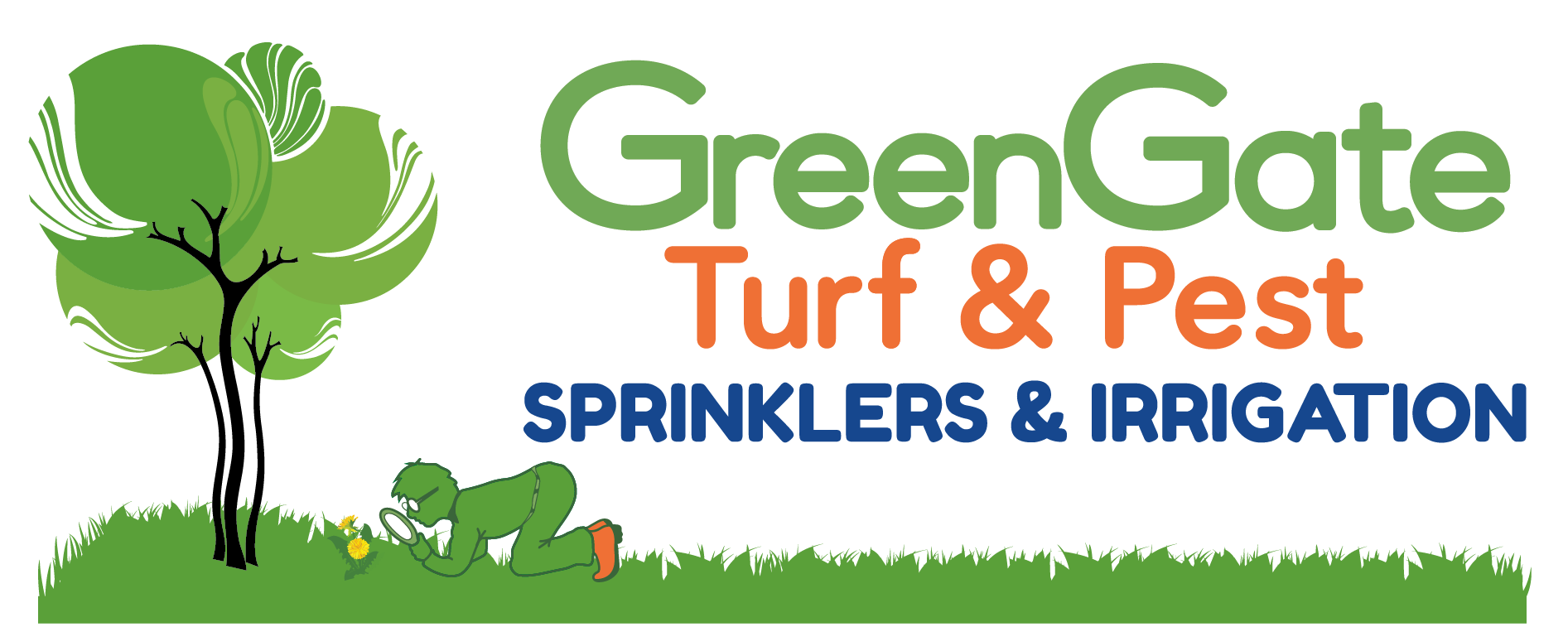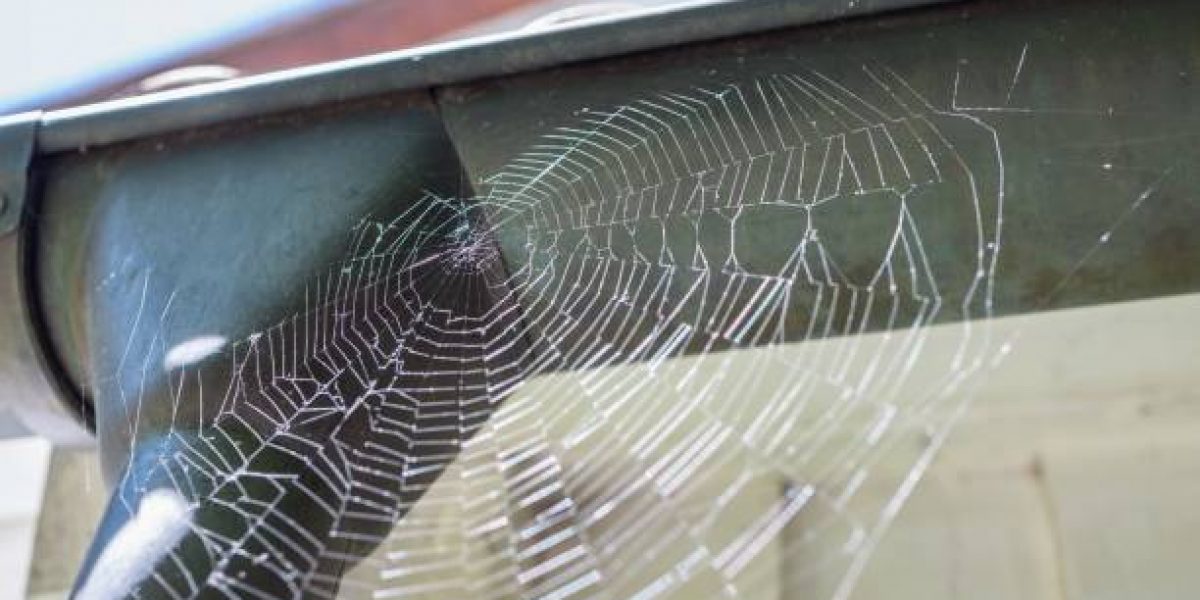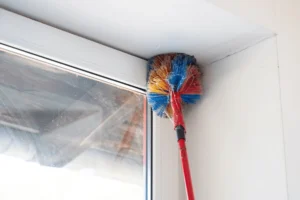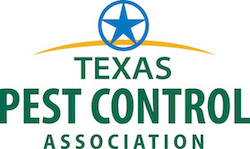Spiders play a crucial role in nature as pest controllers, keeping populations of insects like flies, mosquitoes, and moths in check. Yet, despite their benefits, having spiders indoors can be unsettling, and they can be difficult to get rid of using traditional pest control methods. One of the primary reasons spiders are hard to eradicate is their unique grooming habits—or rather, their lack of them. This behavior makes spiders less vulnerable to certain treatments, including many “kill-on-contact” pesticides. Let’s explore why spiders resist these chemicals and what makes them so resilient compared to other household pests.
Grooming Behavior in Insects vs. Spiders
Most insects, like ants, cockroaches, and fleas, exhibit well-documented grooming behaviors. These insects frequently clean themselves using their legs to wipe their bodies, antennae, and mouthparts. Grooming isn’t just a cleanliness routine for insects—it is essential for their survival. When insects groom, they transfer pesticide residues from their legs and antennae into their mouths, where the chemicals can quickly take effect. This self-cleaning habit increases the likelihood of exposure to, and ingestion of, pesticides that have been applied to surfaces or stick to their bodies.
Spiders, however, do not groom themselves in the same way. They have a more minimalist approach, focusing mainly on keeping their legs and sensory organs functional. Spiders do occasionally clean their legs and pedipalps (the appendages near their mouth), but they do not systematically groom their entire body the way many insects do. This means spiders are less likely to ingest or absorb pesticide residues that might adhere to their bodies, making it harder for these chemicals to affect them, even when those chemicals are designed to kill on contact.
Kill-on-Contact Pesticides and Spiders’ Unique Challenges
“Kill-on-contact” pesticides are designed to eliminate pests when they come into direct contact with treated surfaces. They work well on insects that crawl over treated areas or ingest the pesticide during grooming. However, spiders’ behaviors reduce their exposure to these treatments in several ways:
1. Limited Contact with Treated Surfaces
Many spiders are web-builders, creating intricate traps to capture their prey. Web-builders like orb-weavers or cellar spiders rarely come into direct contact with treated surfaces, as they spend most of their time on their webs. Even ground-dwelling spiders, such as wolf spiders, maintain an upright posture while moving. This means that only the tips of their legs touch treated surfaces, which significantly limits the absorption of pesticides through their exoskeletons.
2. Reduced Grooming
Spiders don’t groom themselves frequently or thoroughly enough to ingest pesticide residues. Insects like ants and cockroaches may groom off pesticide particles stuck to their legs, consuming enough of the toxin to be fatally affected. In contrast, a spider’s infrequent grooming makes it much less likely to ingest or absorb pesticides, reducing the effectiveness of kill-on-contact sprays.
Spiders as Natural Pest Control Agents
While spiders can be a nuisance indoors, they also serve as nature’s pest controllers. A single spider can consume dozens of insects in a night, including those that are truly problematic, like flies, mosquitoes, and other bugs that can transmit diseases or damage property. Because spiders can help keep other insect populations in check, they are often considered a beneficial part of the ecosystem, even within a home environment. However, their presence indoors is usually unwelcome, leading homeowners to seek ways to control or eradicate them.
The Need for Targeted Approaches
Because of these challenges, eradicating spiders often requires a more targeted approach than relying solely on kill-on-contact sprays.
Effective spider control might involve:
1. Direct Treatment
Applying pesticides directly to a spider’s web or nest can be more effective than solely relying on residual or contact-kill treatments. When pesticides are sprayed on webs, spiders are more likely to come into contact with the chemicals, which increases the chances of effective elimination. Additionally, physically removing the web ensures that both the web and the spider are removed promptly and efficiently. Consider using a vacuum or a cobweb brush.
2. Integrated Pest Management (IPM)
IPM combines various control methods to reduce spider populations. Physical removal, exclusion techniques like sealing entry points, and environmental modifications such as reducing clutter and food sources can create a less hospitable environment to spiders. By limiting their shelter and prey, spiders are less likely to thrive. Read more about different spider types and how to manage them.
3. Residual Sprays
Residual sprays that are formulated specifically for spiders can offer some success, but they often need to be combined with other strategies for the best results. These products have different formulations or active ingredients designed to be effective against spiders, even with their limited grooming behavior and reduced contact with treated surfaces.
GreenGate’s interior pest control service provides residual sprays.
4. Natural Repellents
In addition to chemical treatments, many homeowners use natural repellents like essential oils. Oils such as peppermint, eucalyptus, and citrus are believed to repel spiders, making these areas less inviting. This non-toxic approach is particularly appealing to those who want to avoid over-reliance on chemical pesticides.
Spiders’ unique grooming habits and hunting strategies make them difficult to control with conventional pest treatments. Because spiders do not groom themselves thoroughly, they are less likely to ingest pesticide residues that kill on contact, allowing them to survive even in treated areas. Additionally, their limited interaction with treated surfaces and reliance on webs rather than ground movement further reduces their exposure to chemicals.
For homeowners, understanding these behaviors is key to effectively managing spider populations indoors. While spiders can serve as valuable allies by preying on other pests, their presence can still be unsettling. A combination of direct treatment, environmental modifications, and an understanding of their habits can help keep your home spider-free while reducing the likelihood of these eight-legged guests returning.









